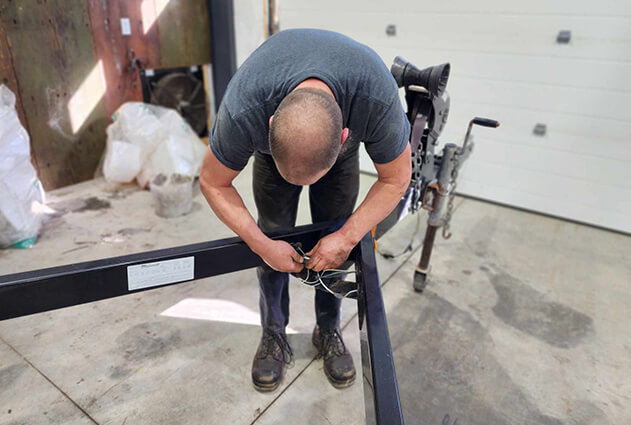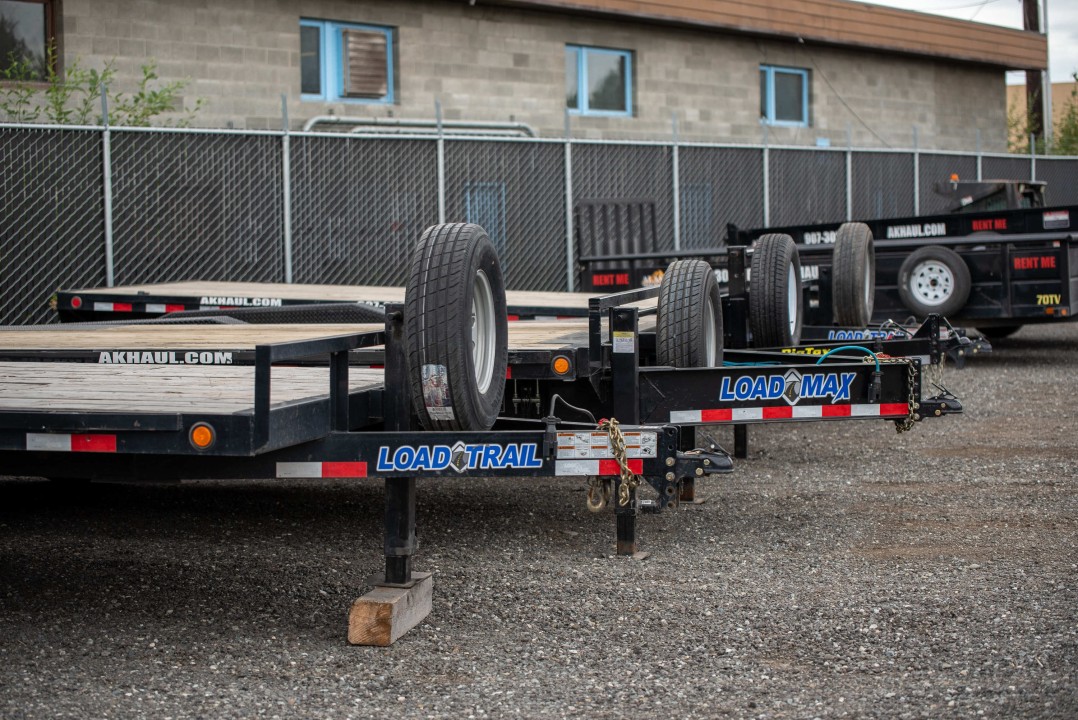Installing Services

Installing Services
Electrical Connections: Ensuring the trailer has appropriate electrical connections for brake lights, turn signals, and sometimes interior lighting. This often involves installing a trailer wiring harness that connects to the vehicle's electrical system. Hitch Installation: Depending on the type of trailer and vehicle, installing a hitch receiver or ensuring the current hitch is appropriate for towing the trailer safely. Safety Features: Installing safety chains or cables to prevent the trailer from completely detaching in case of hitch failure. Some trailers also require breakaway switches that engage the trailer brakes if it becomes detached. Brake Systems: If the trailer is heavy enough or required by law, installing trailer brakes that sync with the vehicle's braking system. Weight Distribution and Sway Control: For larger trailers, installing weight distribution hitches or sway control devices to ensure stability and safe towing. Towing Capacity Check: Ensuring the vehicle's towing capacity matches or exceeds the weight of the trailer and its contents. Licensing and Registration: Ensuring the trailer is properly registered and licensed according to local regulations. Custom Installations: Depending on the trailer's purpose, additional installations may be necessary, such as toolboxes, racks, or specialized equipment mounts.
Tracking Made Easy
Fast Support
Order Now
For ordering this service please leave us a message and we will respond to you shortly.


